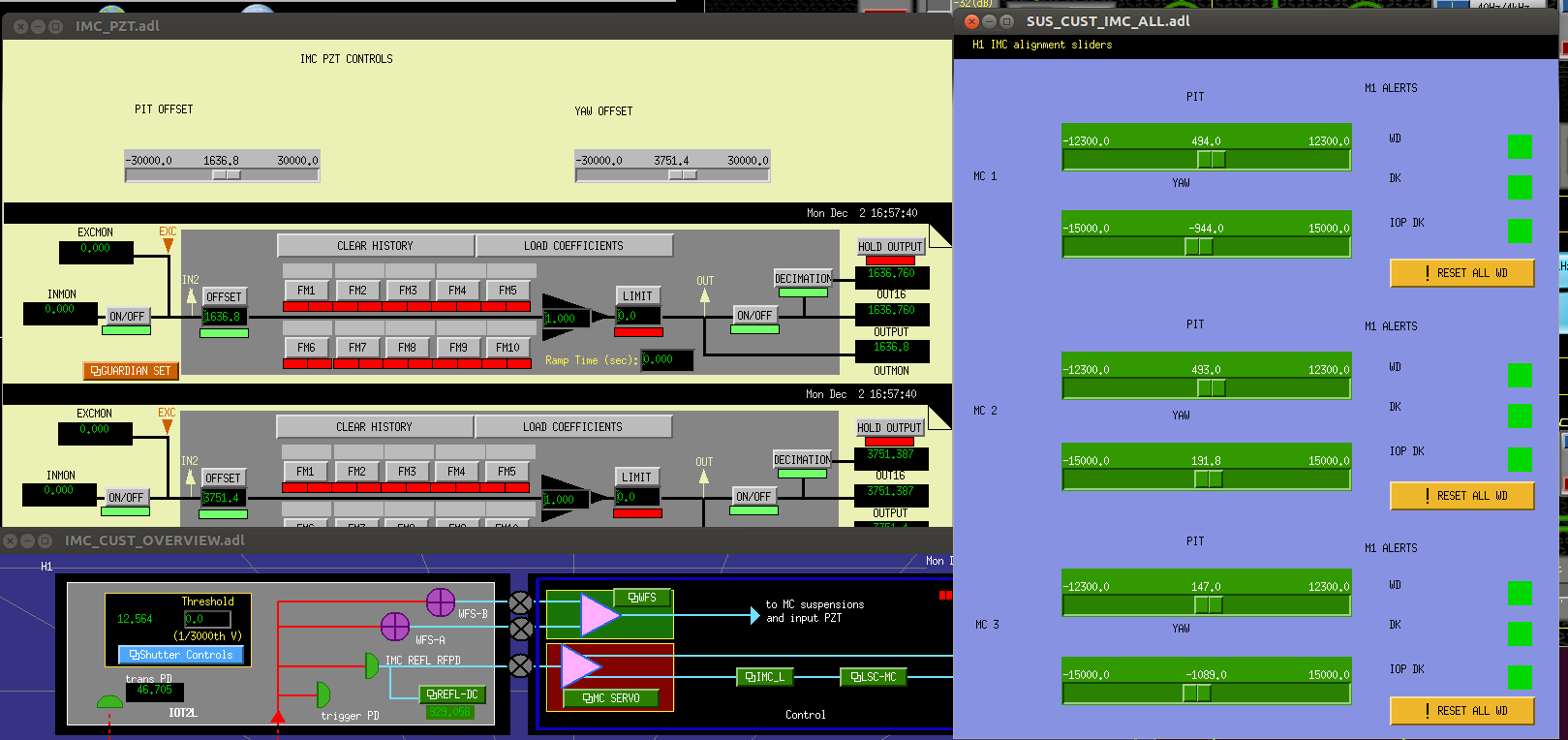Sysadmin tasks: Patched internal machines accessible from outside of CDS. Performed nmap network scans on 10.20.0.0/24 and 10.101.0.0/24 subnets. Updated network drawings
h1asc0: Replaced the h1asctt model with the new h1sushtts model.
updated the H1EDCU_DAQ.ini file to trend status of all models. Updated autoBurt.req for DAQ frame writers to archive all EPICS channels associated with these systems.
Updated overvew MEDMs (for ASC TT change)
Multiple DAQ restarts were required to support these changes.


